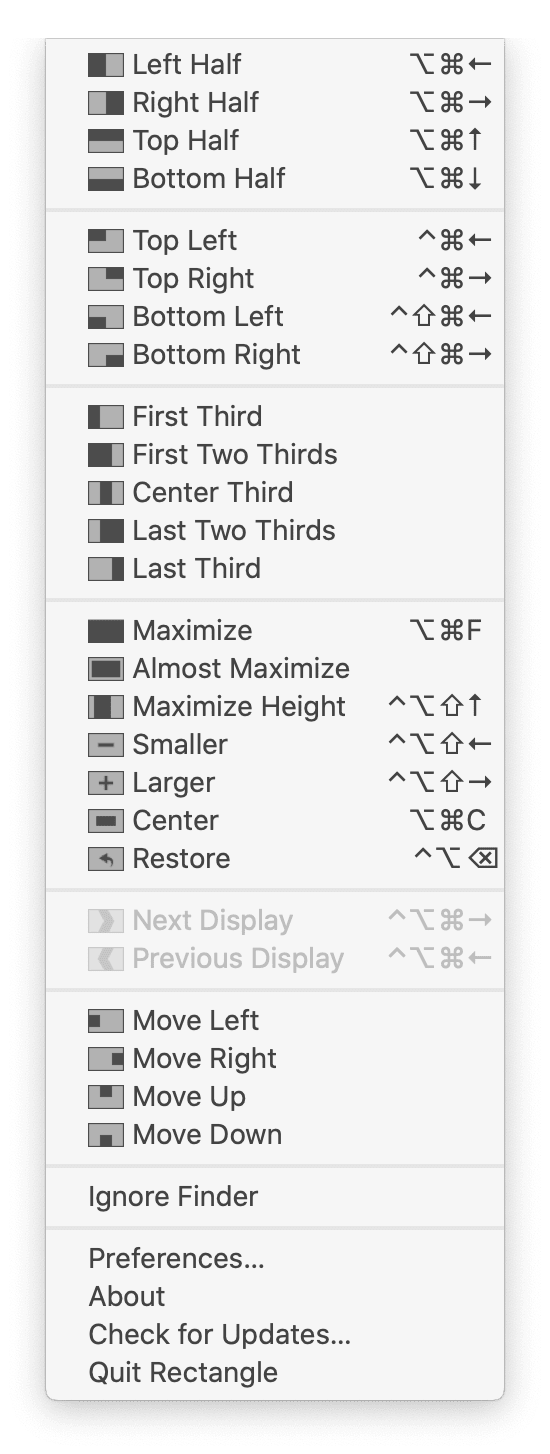

- Brew vs brew cask install#
- Brew vs brew cask full#
- Brew vs brew cask software#
- Brew vs brew cask plus#
- Brew vs brew cask windows#
Brew vs brew cask full#
I would recommend getting the full de-palletizer though, half can pallets are just a pain and not that cost effective. The fill rate is a little slower than some other systems however foaming is very manageable, even with a 3.0 + carb. The other advantage is the 15 can per min unit and be upgraded to a 30 or 60 can per min with just a few more components and some programing, so very little down time if planned right. I have a large mechanical back ground and I found the Norland system to be very consistent and easy to use. Norland international has been in the bottling and process line business pretty much since the beginning of bottled water. I now work with a Brew house equipment manufacture however I built and initially managed a 15bbl start up brewery that had an ABE, or Norland international canning line. A very comprehensive spare parts stock is a must. AS with all machines each will have its unique quirks that are often particular and peculiar to your operation. The more time you spend doing this, the better you will feel about your final decision. The best possible thing to do is to go to as many operations as possible and see the machines in action, talk to the operators, and the mechanics. It would really be something if they would take some feedback from the field and offer some retrofit design upgrades that address stability and speed in relation to can feed and seaming operations rather than focus solely on selling new machines. There are some sharp guys in Engineering at Cask. You will be changing all bearings on the seamer, spindle, and table at regular intervals. You need a fair amount of Electro-Mechancal savvy to maintain this machine. The optical rigs are not cheap but are a must in my experience.
Brew vs brew cask plus#
If you follow an optical trend from the start, the extra expense will be worth its weight in gold, plus you will see how your machine setup was right out of the gate which will enhance your capability in dealing with double seam issues down the road. Because no one mentions this most new to canning have to learn the hard way. The thing that no one is told about is the maintenance interval for the critical bearing replacement on the seamer assembly. There are several on the market that work much the same way. You need to strongly consider getting an optical metrology system to analyze your finished can seams right from the start. My strong advice on these 2 fronts is to check out " Ska Fabrication " as they have solved these 2 issues with a system that works far better. The rinse tunnel we received was not set up correctly and was a major issue at and well beyond startup. The setup and maintenance of this subsystem is critical and temperamental but can be mastered. The main instability is the seamer and the air cylinders that move cans on and off the table, unless they have changed this area.Įverything has to be in trim in this area of the machine or it wil crush cans big time. This unit will be way more stable if you don't attempt to push the CPM number too high.
Brew vs brew cask windows#
I thought about including a section about the case on macOS (similar to the one in this comment), but I didn't do so because you mentioned Windows and not macOS in your original comment here.The Core control system of this machine is pretty solid. You mentioned that Windows is the desktop operating system you're currently using, so it seems Windows' application management norms must be acceptable to you. > It's weird that when you criticize something in Linux Desktop, for some reason its proponents always go all whataboutism on Windows. (Although I don't really like the idea of Flatpak applications being distributed as files becoming popular, because I'd rather developers submit their apps to Flathub or somewhere similar so that they're still usable via remote management tools.) What is fundamentally difficult about this?īasically sounds okay to me and I don't see why it couldn't be done. > Keep runtimes in "installations" and let applications exists as single-directory self-contained units wherever the user wants them. Something like Flatpak can address the problems with AppBundles in a way that clones like AppImage can't. pkg installers only do a few extra things around the edges.) (Casks get to be neater and faster because the AppBundle design almost works, so most.
Brew vs brew cask install#
Homebrew Casks are neater than something like Chocolatey, but they're essentially the same kind of wrapper around custom install tools which come from publishers and can basically do whatever they want.
Brew vs brew cask software#
To get decent software management on macOS, you end up having to build automation on top of the AppBundle system, and what is required for every package can be totally custom.


 0 kommentar(er)
0 kommentar(er)
